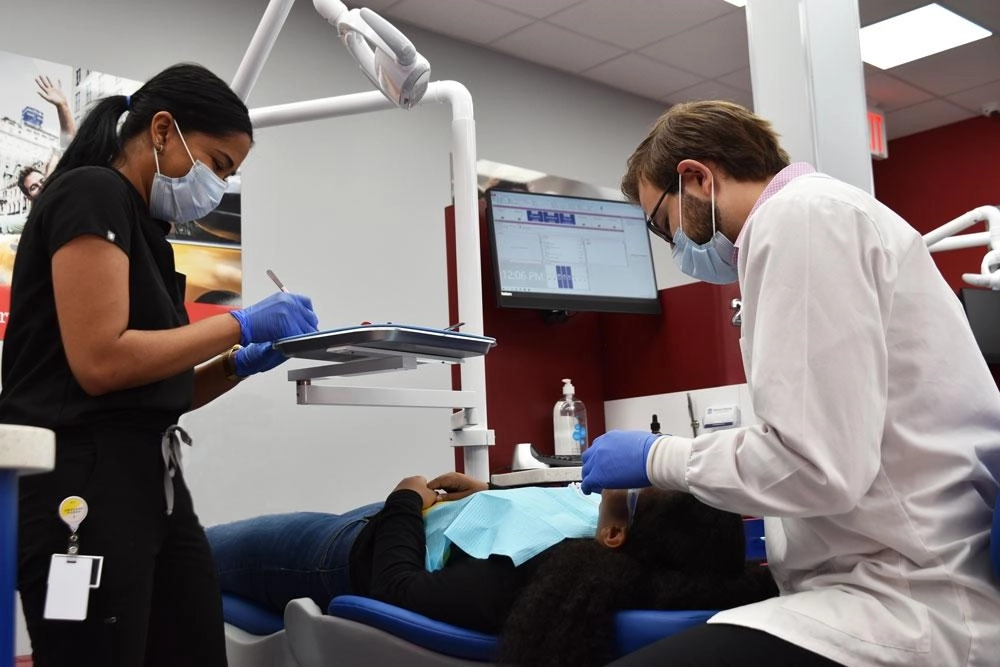
UnitedHealthOne
Dental Primary Plans
If your family is enrolled in UnitedHealthOne dental primary plans, there may be benefits for your children. These plans often include orthodontic coverage. This coverage is for kids under 19, as long as they qualify. It's important to check your specific plan details to understand what is covered.
However, it's also crucial to note that cosmetic dentistry, including services like Invisalign, is not a covered service under UnitedHealthOne plans. Such treatments are considered non-essential and are therefore excluded from coverage.
Furthermore, that “cosmetic dentistry” is listed as an unpayable service under any circumstance, pursuing receiving Invisalign coverage through UnitedHealthOne may not be the best idea for you and your family. For more information, review their Dental Primary Plan or speak with a UnitedHealthOne representative directly.





